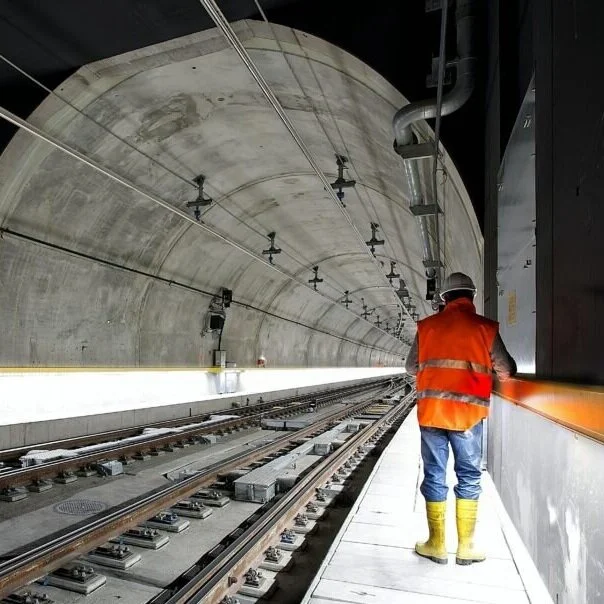Engineering
For those working within the Engineering industry, you will know that this is a challenging sector that often requires innovative solutions. As R&D activities go hand in hand with innovation, there is a clear link between R&D and Engineering.
R&D tax credits for the Engineering industry are a great way to mitigate any losses when undertaking innovative and inventive solutions. There are a range of Engineering projects that can qualify for R&D tax credit claims, with the most common ones being; working with new or improved materials and new processes and techniques.
Engineering projects that may qualify for R&D tax relief include:
Innovation of product development using computer aided technology;
Bespoke design and development of systems and products;
Production of prototypes and modelling of 3D solid objects;
Increasing ease of operation or suitability of products;
Development of computer models;
Integration of new systems and materials to improve product performance, or;
Designing, constructing, and testing product prototypes.
What activities can be included in a R&D project?
Overcoming challenges and uncertainties;
Designing and making products;
Suggesting a more cost-effective process;
Suggesting a more time-efficient process;
Time spent researching and development of current projects;
Seeking to improve processes, services, materials or devices;
Production of prototypes or performance testing;
Development of software or IT solutions;
Investment in failed projects or developed products that are never launched/used;
Efficiency of product, process or service, or;
Employing any staff of a highly skilled background or with technical or scientific background.
What expenditure can be claimed for in a R&D project?
Staff Costs – Employee costs (salary, national insurance and employer pension) are apportioned for their time spent on the R&D project plus any reimbursed associated business expenses;
Software – Purchased for R&D purposes and costs apportioned for any subsequent use;
Subcontracted R&D – You can claim 65% of what you paid your R&D subcontractor;
Utilities & Consumables – Water, fuel, power and material used in the project, or;
Prototypes – Produced for R&D purposes.
Our team of experts can advise and support companies within a range of R&D sectors. Just get in touch today.



